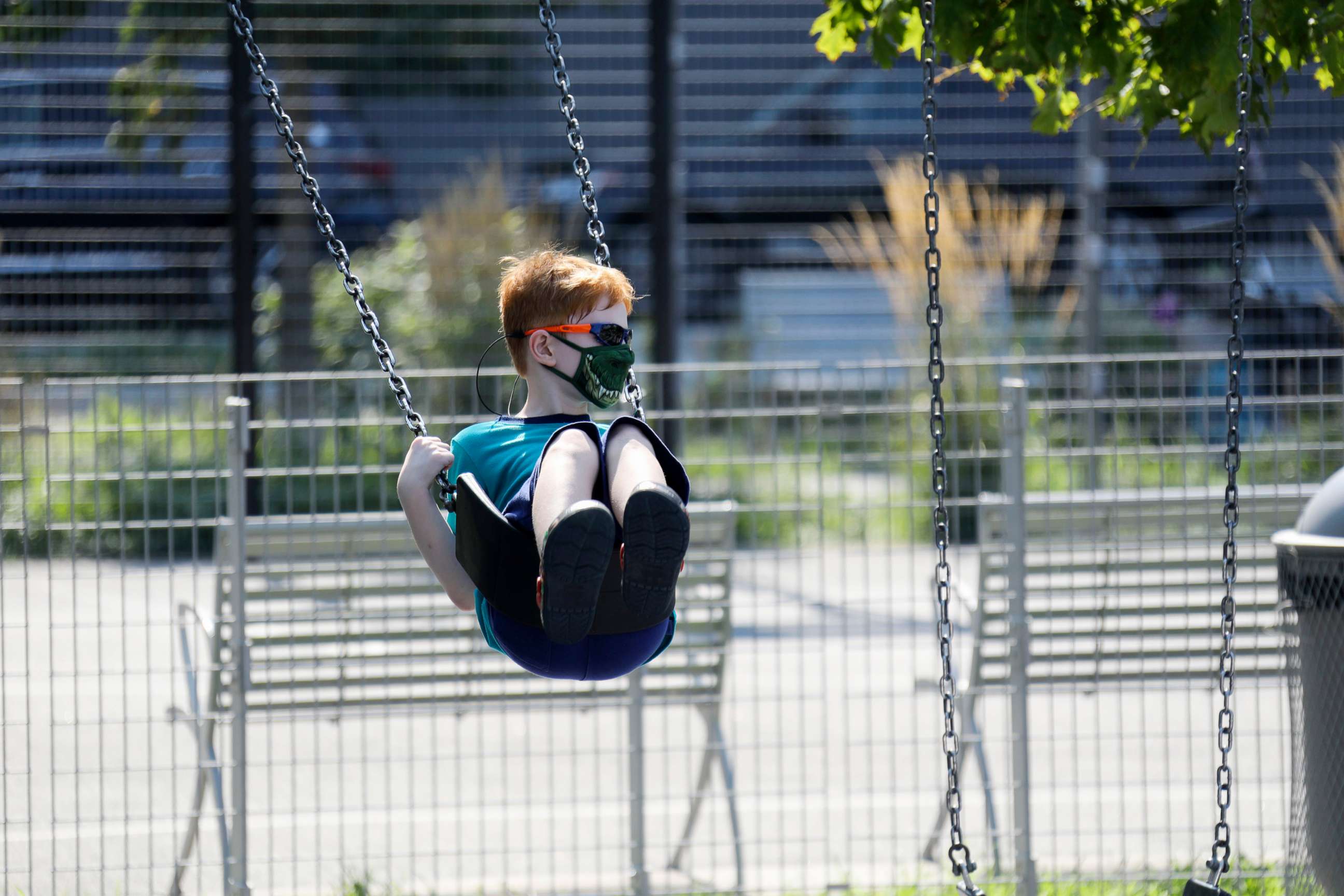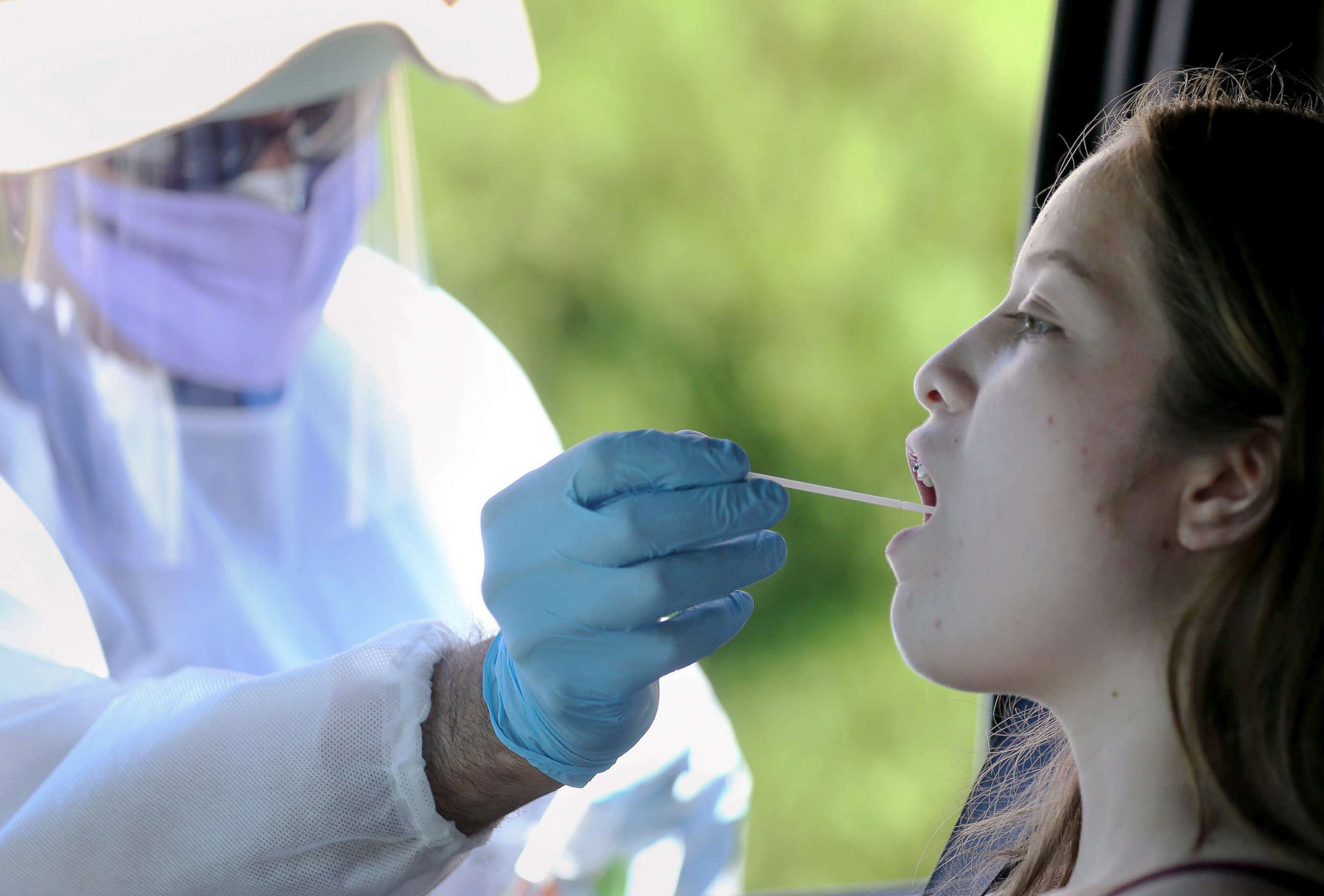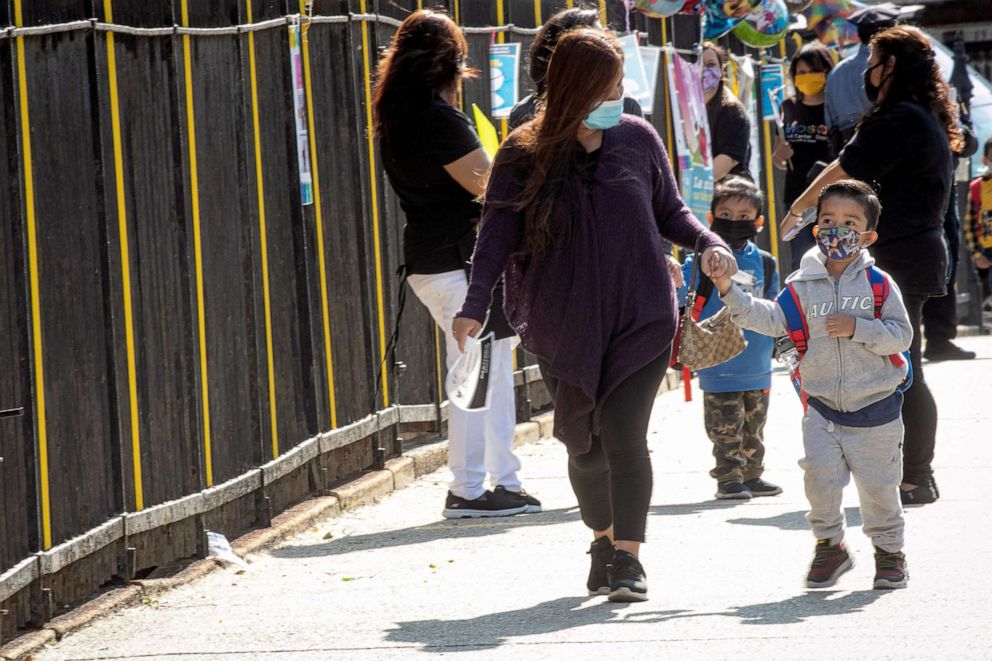Research shows substantial increase in COVID-19 rates in children, especially adolescents
In April, children were about 2.2% of cases and 10% by September, a study found.
Evidence is mounting that children may play a larger role in the community spread of COVID-19, according to two studies.
The American Academy of Pediatrics and the Children's Hospital Association published a study on Tuesday that showed that the number of children infected with COVID-19 rose sharply from April to September.
In April, children accounted for about 2.2% of all reported U.S. cases, but by September that figure had risen to 10%. By Sept. 24, according to the study, which used data from U.S. public health department websites, 624,890 cases in children had been reported.

And there's emerging evidence that older children may be "approximately twice" as likely to test positive than younger children, according to research from the U.S. Centers for Disease Control and Prevention published on Monday.
The study, published in the CDC's Morbidity and Mortality Weekly Report, analyzed trends among 277,285 school-aged children with confirmed COVID-19 cases from March 1 to Sept. 19. During that span, adolescents aged 12 to 17 were found to have an average weekly rate of 37.4 new cases per 100,000 people, compared with 19 cases per 100,000 for ages 5 to 11.
The weekly rate of new cases among all children included in the CDC's study peaked during the week of July 19 and subsequently leveled off during the summer, rising in the week of Sept. 6, when many returned to school. Both studies noted that case numbers among children varied over time and by region.
As of Sept. 10, children represented 1.7% of COVID-related hospitalizations and 0.07% of deaths. It's still rare for children, especially young children, to die of COVID-19, with 0.01% of all child cases resulting in death, according to the Pediatrics study.


The CDC researchers found that underlying conditions were more common among children with severe outcomes from COVID-19. Among school-aged children who were hospitalized, admitted to intensive care or who died, 16%, 27% and 28%, respectively, had at least one underlying medical condition. Black and Latino children still are more likely to experience severe illness.
Both studies explained that they may be underestimating the true burden of COVID-19 on children because testing data reported by states often is not uniform or complete. Also, testing frequently was prioritized for people showing symptoms, and asymptomatic infection in children is common. More delayed reporting of children's tests means the data could be lagging behind reality.
"It is important for schools and communities," the CDC researchers wrote, "to monitor multiple indicators of COVID-19 among school-aged children and layer prevention strategies to reduce COVID-19 disease risk for students, teachers, school staff and families."
Leah Croll, M.D., a neurology resident at NYU Langone Health, is a contributor to the ABC News Medical Unit.




